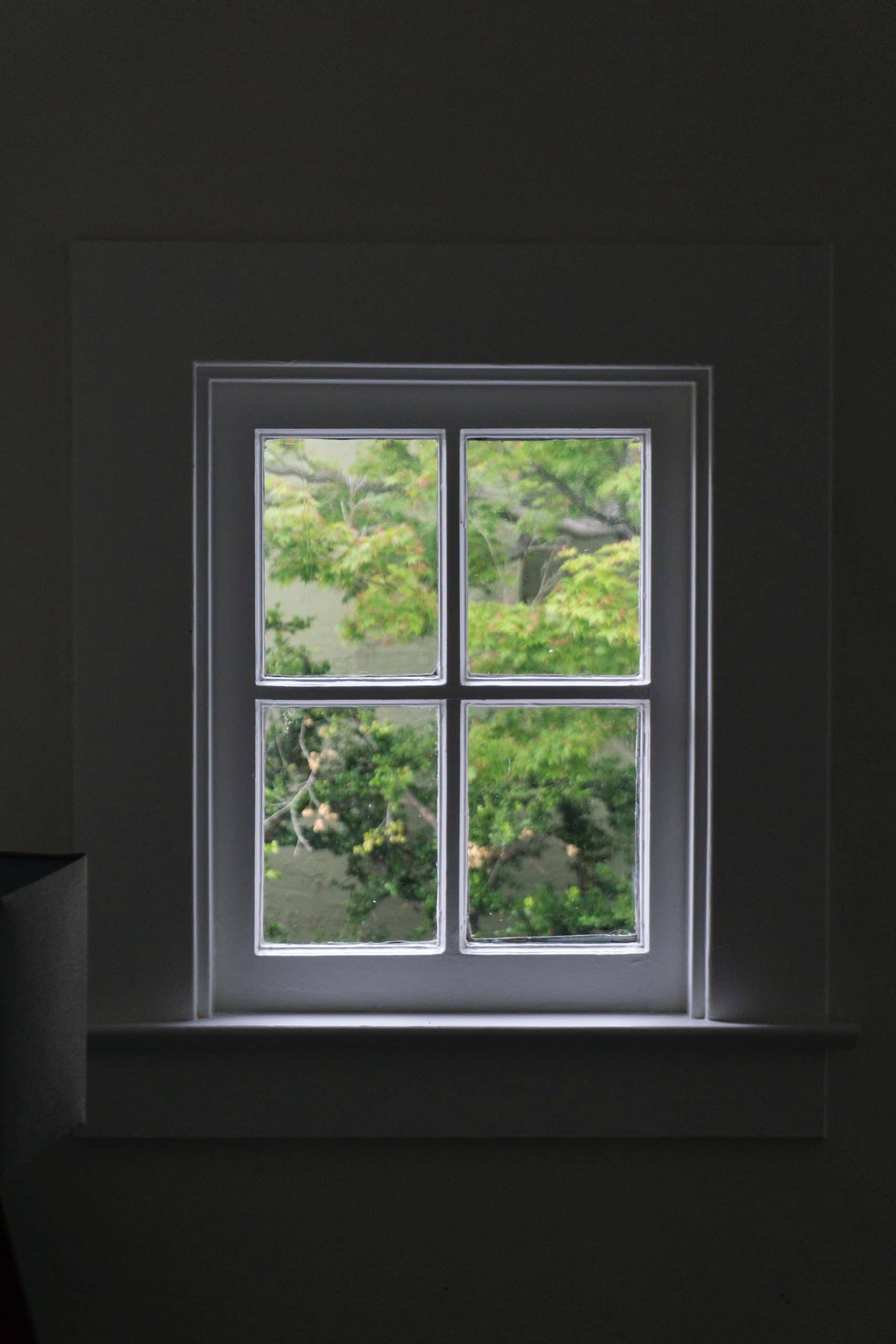
A Brief History of Specialty Glass and Where It Is Used Now
Keith Wright
- 184
The use of specialty glass dates back to Roman times when it was first created. The first flat glass was made from sand, like the type used for making windows and other consumer products today, only instead of cutting it, it was blown into the desired shape using a hollow tube that surrounded the sand.
When finished, the end result was a thin sheet of flat “gleason” that could be cut using diamond saws and polished on both sides to give it a smooth surface finish. Later developments in glass bending techniques allowed the creation of more complex shaped glass like that used in making decorative stained glass windows, mirrors and bottles.
As time progressed and the industrial revolution took over, glass-making processes were per- fected which resulted in large quantities of clear glass. This eventually led to the development of plate glass which was made from flat sheets pressed from molten sand. The process was first developed by 1874 using a machine that had been invented by Sir Alistair Pilkington in 1905. The process for making plate glasses is still used today, although it has been modified as technology improved.
Plate glass was put to use in the windows and skylights of large buildings, manufacturing facilities and even as plain sheet glass for home use. Eventually, as more developed countries became more industrialized, plate glass became a staple material for making windows throughout the world.
The onset of World War II was an important milestone in the development of specialty glasses as it led to innovation in many fields that contributed significantly to the development of modern technology. During the war effort, scientists were asked to work on ways to create new products made from materials that were either not readily available or needed for other military purposes. Glass was one such material that was used extensively throughout World War II and its aftermath.
The main goal of research was to create a glass that was able to withstand the extreme temperatures caused by an atomic blast. At the time, U.S. scientists were working on the development of nuclear weapons and needed glass that would be able to withstand these high temperature blasts without breaking or exploding. This led to the discovery of Corning Ware, a heat-resistant glass which became commercially available in 1955.
Around the same time, scientists were also working on creating other types of specialty glasses in order to make them more resistant to damage or impact. This led to the development of Toughened glass and the concept of toughening glasses by adding metals like tungsten, iron and titanium. This glass eventually became commercially available in 1953.
Another important step in the evolution of specialty glass was the advent of low-expansion borosilicate glasses which were first developed by Corning Glass Works as early as 1952. The first commercial application where this type of glass was used was in 1962 when Corning Glass Works made a series of clear borosilicate-based specialties that increased the strength and transparency compared to other types of glass while still maintaining some flexibility.
Specialty Glass Nowadays
Today, specialty glass is still considered a modern technology that has changed drastically over the last half-century. The growth of technology and the advancements in the economic sector has led to an increased demand for specialty glasses which have a wide array of uses. This has led to a variety of manufacturers developing various types of specialty glasses that offer unique benefits compared to standard glass types.
One such example is rose colored glass where specialty manufacturers are able to create high quality products at lower pricing compared to typical clear or tinted glass products. At the same time, rose colored glass is also widely used in fashion where it can be used for creating women’s apparel, fragrances and other cosmetics.
Conclusion
Specialty glasses are used in a variety of industries including automotive manufacturing, home furnishing and construction to name a few. Specialty glasses are also used for a variety of other applications in both commercial and industrial operations that include electronics, aircrafts and construction.
The ease with which specialty glass can be cut to the desired shape makes it an ideal material for creating custom window designs, fashion accessories and many other types of home décor items. At the same time, the durability of specialty glass means that these products can be repaired when broken or damaged which means that more people are beginning to use this type of material as part of their daily life.


